Cardano Ecosystem: A Deep Dive into a Third-Generation Blockchain

Key Insights
- Cardano is the first blockchain project to utilize a peer-reviewed scientific research approach. Cardano’s development is divided into five distinct phases, each phase focusing on different aspects of the platform's evolution
- The Cardano platform is primarily developed using the Haskell programming language, chosen for its reliability, security, and support for parallel and distributed computing.
- Cardano is actively developing infrastructure for decentralized financial applications, including decentralized exchanges (DEX), lending protocols, and stablecoins. The platform also emphasizes integrating real-world assets (RWA) into the blockchain ecosystem, enhancing asset accessibility and liquidity.
Cardano is driving innovation in Africa through projects like decentralized identification systems (Atala PRISM) and educational data management. These initiatives aim to improve transparency, reliability, and access to financial and government services, demonstrating Cardano's potential for social and economic impact.
The Cardano project was founded in 2015 with the goal of creating a new blockchain platform that combines the best aspects of existing technologies while offering improved solutions for scalability, security, and functionality. The initiative was spearheaded by Charles Hoskinson, one of the co-founders of Ethereum, who sought to realize his vision of a scientifically based blockchain.
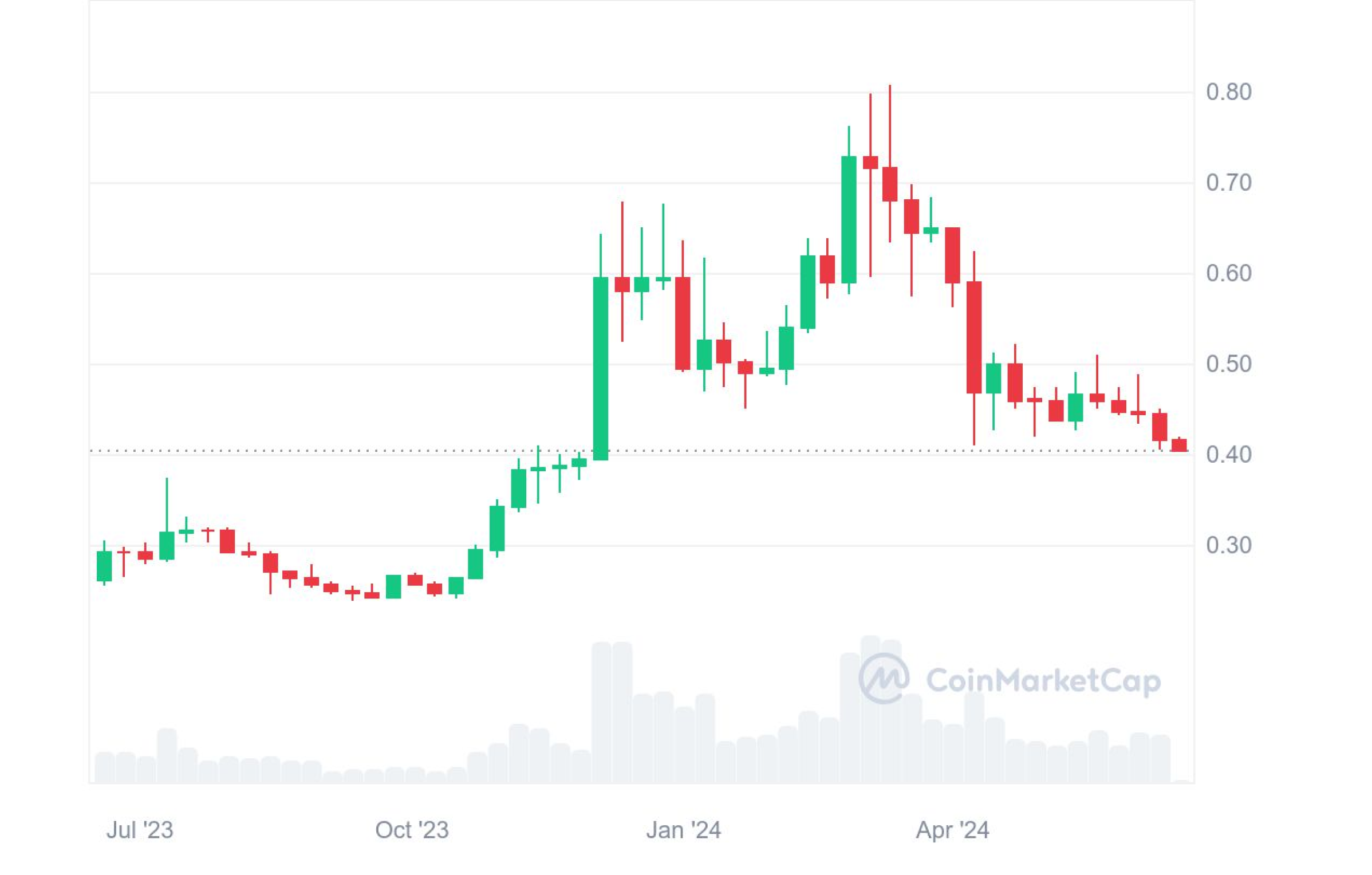
The Cardano idea originated after Hoskinson left Ethereum in 2014. He saw the potential for improving many aspects of blockchain technology, including governance, sustainability, and interoperability. In 2015, IOHK (Input Output Hong Kong) was established to research and develop the new platform. One of the key development principles was applying scientific methods and formal techniques to ensure high reliability and security.
Cardano became the first blockchain project to use a peer-reviewed scientific research approach. The project team included numerous academics and experts in cryptography, distributed systems, and software engineering. This approach led to the creation of the Ouroboros protocol, the world's first proof-of-stake (PoS) protocol that was formally proven and validated through scientific research.
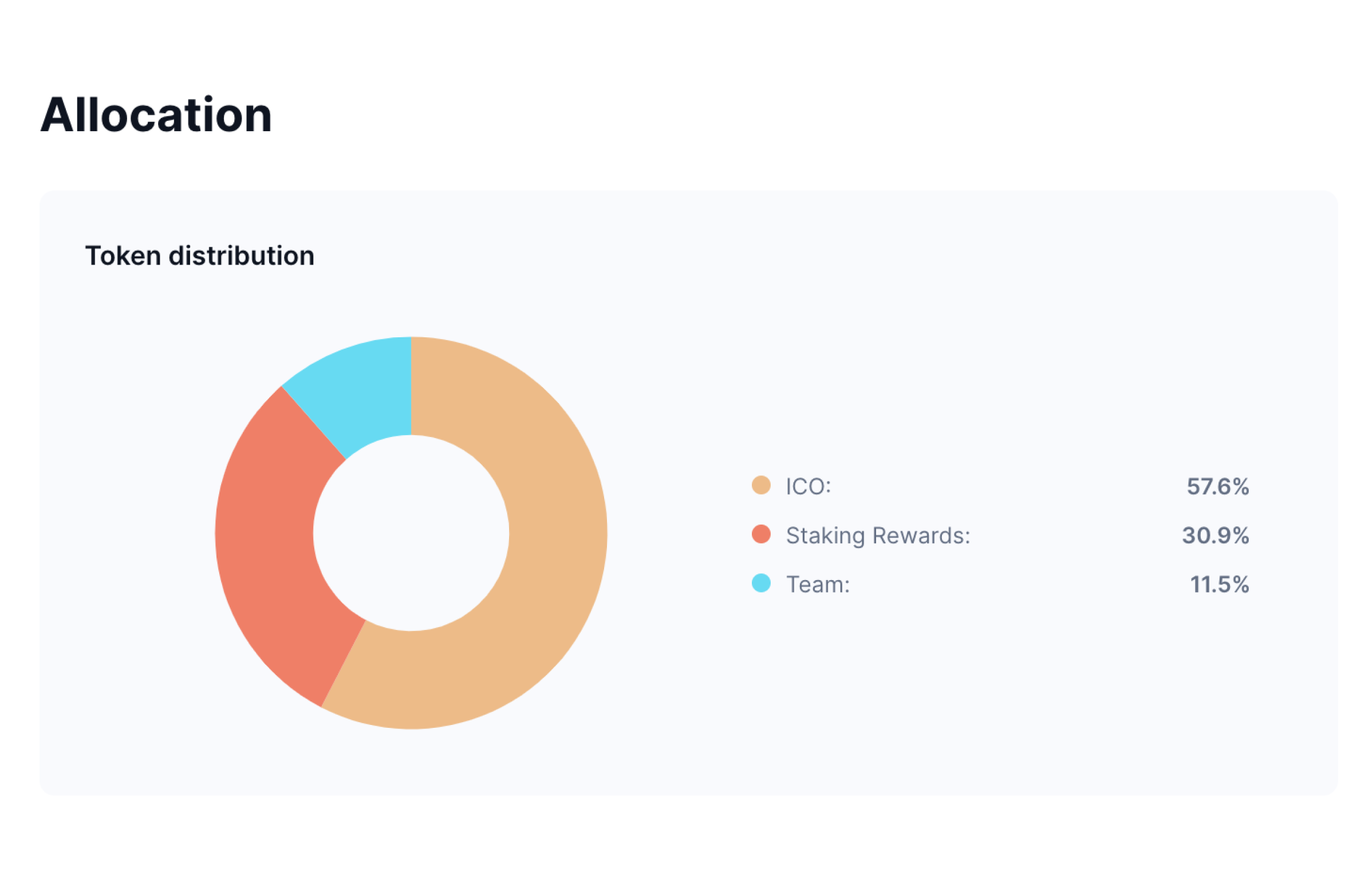
Cardano Roadmap
Cardano has a long-term development strategy consisting of five phases (eras), each representing a crucial step in the platform's evolution. This Cardano timeline highlights the project's progression through each of these eras.
Byron
The Byron era, named after the poet Lord Byron, began in September 2017. This initial phase involved the development of key components and the preparation of the settlement layer for future decentralization. Key features included transaction creation and verification, as well as the launch of the Daedalus wallet.
Shelley
The Shelley phase, named after the English poet Percy Bysshe Shelley, a friend of Lord Byron, began in July 2020. Another interpretation is that it was named after Mary Shelley, the author of "Frankenstein." During this era, Cardano transitioned to decentralization through the implementation of the Ouroboros Genesis consensus algorithm. Staking and the creation of staking pools were introduced, allowing users to delegate their ADA cryptocurrency and participate in block validation.
Goguen
The current phase of Cardano's development, Goguen, is named after the American mathematician Joseph Goguen, known for his work in algebraic semantics and formal verification. The main goal of this era is to create a foundationfor developing decentralized applications (dApps) on the Cardano platform.
Significant updates have already been implemented during the Goguen era. In the fall of 2021, a standard for native tokens was introduced, along with a computation layer for executing smart contracts. Key components of this system include:
- Plutus: A platform for developing smart contracts based on the functional programming language Haskell.
- Marlowe: A domain-specific language for writing financial smart contracts, allowing experts to create contracts without deep programming knowledge.
In September 2022, the Vasil upgrade was activated, including a new version of Plutus scripts and an improved cost model, which reduced the cost of executing smart contracts, decreased transaction sizes, and increased network speed.
Basho
The fourth era, Basho, named after the Japanese poet Matsuo Basho, master of haiku, focuses on significantly increasing network scalability and interoperability. This phase aims to enhance the core network performance and support high-transaction-volume applications.
A key innovation in Basho is sidechains—autonomous blockchains compatible with the main Cardano blockchain. They will be used to offload the main network and can serve as a testing environment. Additionally, the Basho phase will introduce support for various account models, improving interoperability and expanding use cases.
Voltaire
The fifth and final era, Voltaire, is named after the French Enlightenment philosopher Voltaire. This phase involves implementing decentralized on-chain governance and a treasury system, allowing the community to directly participate in project governance and funding its development.
What is Ouroboros?
Ouroboros is an innovative proof-of-stake (PoS) consensus protocol developed by the Cardano team. Unlike traditional proof-of-work (PoW) protocols (which is used in Bitcon), Ouroboros offers a more eco-friendly and efficient alternative for achieving consensus in the blockchain.
How Ouroboros Works
- Time Division into Epochs and Slots
Time in the blockchain is divided into fixed intervals called epochs. Each epoch is further divided into shorter intervals called slots. Each slot represents an opportunity to create a new block.
- Slot Leader Selection
In each slot, a leader is selected to create a block and add it to the blockchain. Slot leaders are chosen randomly based on their stake (the amount of ADA coins) held in their accounts. The more coins a user has, the higher the probability of being selected as a slot leader.
- Block Confirmation
Created blocks must be confirmed by other network participants to become part of the main chain. This ensures protection against attacks and double-spending.
- Security and Randomness
Ouroboros uses sophisticated cryptographic mechanisms to ensure the security of the slot leader selection process and prevent manipulation. An essential element here is the use of Verifiable Random Functions (VRF).
Advantages of Ouroboros
- Energy Efficiency: Unlike PoW protocols, which require significant computational resources for mining, Ouroboros uses much less energy, making it a more eco-friendly solution.
- Scalability: By dividing time into epochs and slots, Ouroboros allows for processing more transactions per second, which is important for blockchain scalability.
- Security: The protocol has been mathematically proven to be secure given a majority of honest participants, making it resilient to various attacks.
- Decentralization: Ouroboros incentivizes the participation of a large number of validators, promoting network decentralization and enhancing its resilience.
Haskell Programming Language
Haskell plays a key role in the development of the Cardano blockchain platform, acting as the primary programming language for its implementation. To understand what is Haskell, it is necessary to examine how Haskell influences Cardano's architecture and development.
Role of Haskell in Cardano
- Programming Language: Cardano has been developed using Haskell from the outset. This choice was driven by high demands for reliability, security, and expressiveness, which Haskell's functional approach supports excellently.
- Reliability and Security: Haskell's static typing and strict mathematical foundations help ensure high code reliability and prevent many potential errors at the compilation stage. This is crucial for a blockchain platform where security and reliability are paramount.
- Support for Parallelism and Distributed Computing: Haskell offers powerful tools for parallel and distributed computing, allowing Cardano to scale efficiently and maintain high performance in processing transactions and executing smart contracts.
- Innovative Solutions: Using Haskell enables the Cardano development team to implement innovative solutions and new ideas in the blockchain platform, thanks to the high level of abstraction and flexibility of the language.
Advantages of Using Haskell in Cardano
- High Performance: Haskell ensures efficient resource use and high performance due to its functional featuresand support for parallel computations.
- Sustainability and Reliability: Static typing and function purity in Haskell help avoid many errors, which is critical for the security of a blockchain platform.
- Ease of Maintenance: Haskell allows Cardano developers to maintain and upgrade code with minimal time and resource expenditure due to its clear and expressive programming style.
Using Haskell in Cardano development underscores a commitment to high standards of security, reliability, and performance in blockchain technology. This programming language not only serves as the foundation for the platform's implementation but also fosters innovative development and advancement of Cardano as a leading third-generation blockchain.
Mathematical Verification of Code and Protocols
Formal verification provides mathematical proof that a system operates correctly and meets specified requirements. In Cardano, this approach is applied to verify both consensus algorithms and smart contracts. Examples include:
- Verification of Ouroboros Protocol Security: A formal security proof based on a mathematical model confirms the protocol's resistance to various attacks.
- Smart Contract Verification: Using the Plutus programming language, based on Haskell, allows the creation of smart contracts that can be formally verified for correctness.
Cardano's Structure and Architecture
Cardano is divided into two main layers, each performing specific functions and providing distinct capabilities for the blockchain.
Cardano Settlement Layer (CSL)
The Cardano Settlement Layer handles the core functions of ensuring security and executing transactions on the network. Key aspects of CSL include:
- Ouroboros Protocol: CSL uses the Ouroboros protocol to provide a decentralized consensus model, ensuring network security and reliability without the computational resources required for PoW.
- ADA Token Management: CSL manages the ADA token, facilitating its transfer between network participants and ensuring its secure storage and transfer.
- Network Security: CSL protects the network from various attacks using cryptographic methods and algorithms, including double-spending prevention and other transaction manipulations.
Cardano Computation Layer (CCL)
The Cardano Computation Layer (CCL) provides the infrastructure for creating and executing smart contracts and developing decentralized applications (dApps). The main aspects of CCL include:
- Plutus Programming Language: CCL supports smart contracts written in Plutus, a programming language based on the functional language Haskell. Plutus ensures a high level of Cardano security and reliability through strict typing and the ability to formally verify contracts.
- Marlowe: For developers without extensive programming knowledge, Marlowe offers a domain-specific language for creating financial smart contracts. It simplifies the creation and execution of these contracts, making blockchain technology more accessible.
- Integration with External Systems: CCL is designed to integrate with various external systems and services, allowing for scalable and flexible decentralized applications. This opens up numerous possibilities for innovative solutions across different industries.
Key Organizations in the Cardano Ecosystem
IOHK (Input Output Hong Kong)
IOHK is one of the leading organizations responsible for the development and advancement of the Cardano blockchain platform. Founded by Charles Hoskinson, a co-founder of Ethereum, IOHK plays a crucial role in providing technical expertise and innovative solutions for Cardano. Their main activities include:
- Protocol Development: IOHK is actively involved in developing the Ouroboros protocol and other technologies that ensure the Cardano security and scalability.
- Research and Development: The IOHK team conducts scientific research in cryptography, mathematical modeling, and formal verification to enhance the functionality and security of the platform.
- Educational Initiatives: IOHK supports educational programs aimed at spreading knowledge about blockchain and cryptocurrencies, promoting the global adoption of Cardano.
Cardano Foundation
The Cardano Foundation plays a key role in supporting and developing the Cardano ecosystem by performing several essential functions:
- Community Support: The Foundation organizes events, conferences, and educational programs to strengthen the community of users and developers.
- Regulatory Affairs: It works with regulators and legislators to create a favorable legal environment for the use of Cardano worldwide.
- Cardano Partnerships and Ecosystem Development: The Foundation actively fosters partnerships with universities, corporations, and government organizations to expand the use of Cardano technology.
EMURGO
EMURGO is a leading company in developing, integrating, and supporting commercial applications on the Cardano blockchain. Their main activities include:
- Business Integration: EMURGO helps companies and entrepreneurs implement Cardano-based blockchain solutions to improve the efficiency and transparency of their business processes.
- Research and Development: The EMURGO team actively works on developing innovative solutions and products using Cardano technology.
- Education and Consulting: EMURGO provides educational and consulting services to increase awareness and support the growth of the Cardano ecosystem.
IOHK, the Cardano Foundation, and EMURGO each play vital roles in the development and expansion of the Cardano ecosystem, contributing unique expertise in technological innovation, community support, and commercial adaptation of blockchain. Their combined efforts help strengthen Cardano’s position as a leading platform for decentralized applications and digital assets.
Use Cases and Cardano Partnerships in Africa
Identification
Cardano is developing projects aimed at creating decentralized identification systems to help millions of people in developing regions, including Africa, gain access to financial and other services. One such project involves using blockchain technology to create a unique identification system that ensures transparency, reliability, and protection of personal data.
Education Management
Cardano collaborates with educational institutions and organizations in Africa to create blockchain-based educational data management systems. This can include student achievement records, cross-border academic program management, and transparency in financial flows within educational institutions.
Government Services
Cardano and its ecosystem also work on projects aimed at improving the delivery of government services in various African countries. This includes creating decentralized platforms for managing public resources, electronic voting systems, and the distribution of government benefits and subsidies.
Successful Cardano Ecosystem Projects
- Atala PRISM: A decentralized identification system designed to provide everyone with a unique digital identifier, improving access to financial services and government programs.
- SingularityNET: A platform utilizing Cardano technologies to create decentralized AI solutions for education, healthcare, and other fields, significantly enhancing service accessibility and quality in Africa.
The impact of Cardano in Africa is particularly noteworthy as it drives innovation and development in critical areas. These projects demonstrate Cardano's potential to transform various sectors in Africa, promoting economic growth, social inclusion, and improving the quality of life for local residents.
DeFi on the Cardano Platform
Cardano is making significant strides in developing decentralized financial instruments, establishing itself as a leading blockchain platform for financial innovation. Since its inception in 2017, Cardano has undergone several key development phases, each aimed at strengthening its ecosystem and technological foundation.
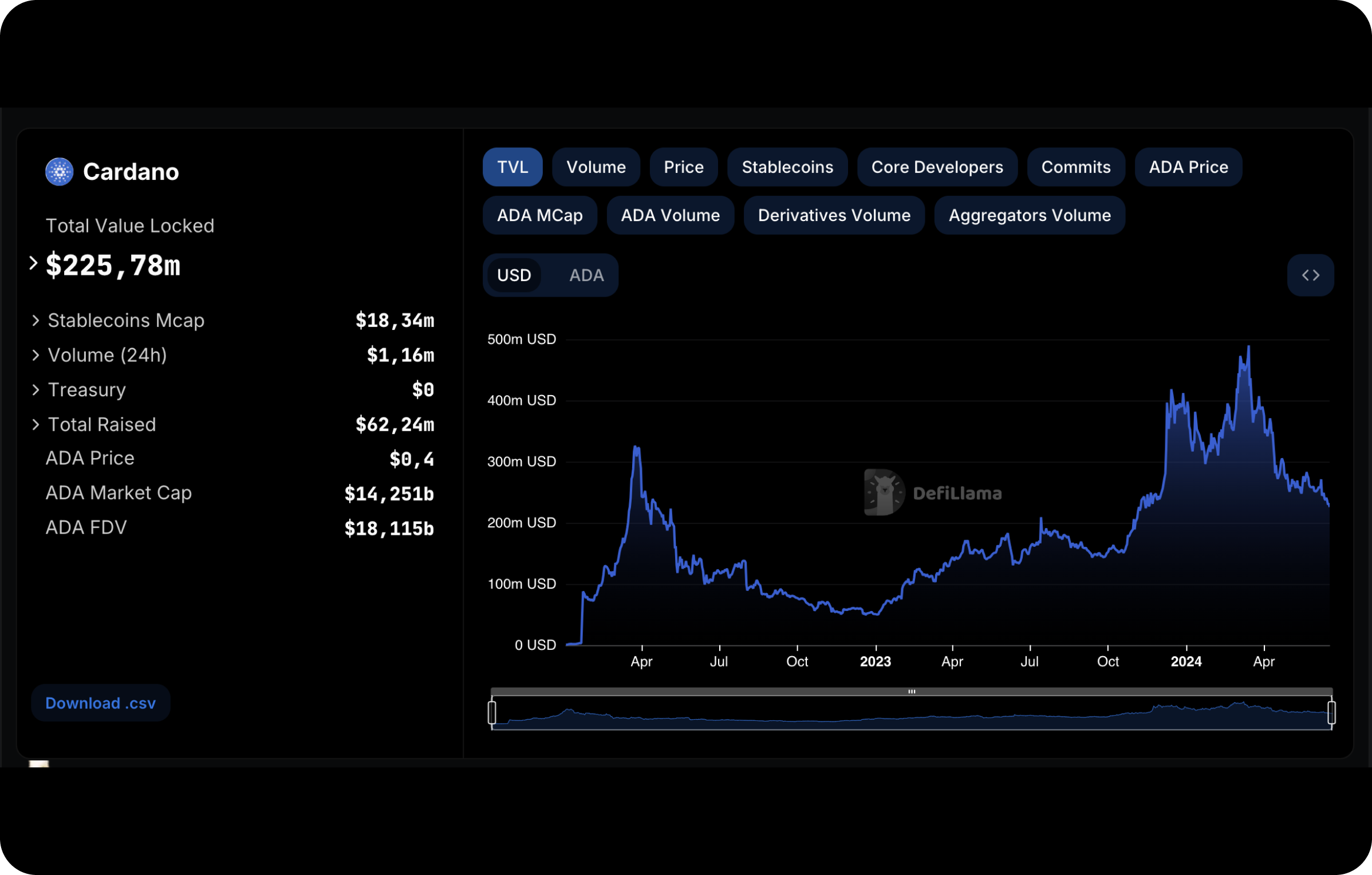
Today, Cardano offers a robust infrastructure for developing decentralized applications (dApps) and financial instruments. This is achieved through the Ouroboros protocol, a cornerstone of the Proof-of-Stake consensus mechanism, ensuring high security and energy efficiency. Special attention is given to developing smart contracts using Plutus, a programming language based on Haskell, which ensures reliability and error resistance through formal code verification.
In its roadmap, Cardano actively promotes the development of decentralized financial applications (DeFi). These Cardano DeFi applications include:
- Decentralized Exchanges (DEX): Platforms where users can exchange various digital assets directly with each other without intermediaries.
- Decentralized Lending Protocols: Services that enable borrowing or providing collateralized assets for income, using smart contracts to automate processes.
- Liquidity and Stablecoins: The creation of stablecoins pegged to fiat currencies or other assets to ensure stability and improve liquidity.
Real-World Assets (RWA) on Cardano
Cardano actively implements projects related to real-world assets (RWA), making it a significant player in integrating traditional assets into the blockchain ecosystem. Tokenizing real assets on Cardano and developing financial instrumentsbased on them open new opportunities for investors and entrepreneurs, enhancing the accessibility and liquidity of assets in digital form.
Top 10 DeFi Protocols
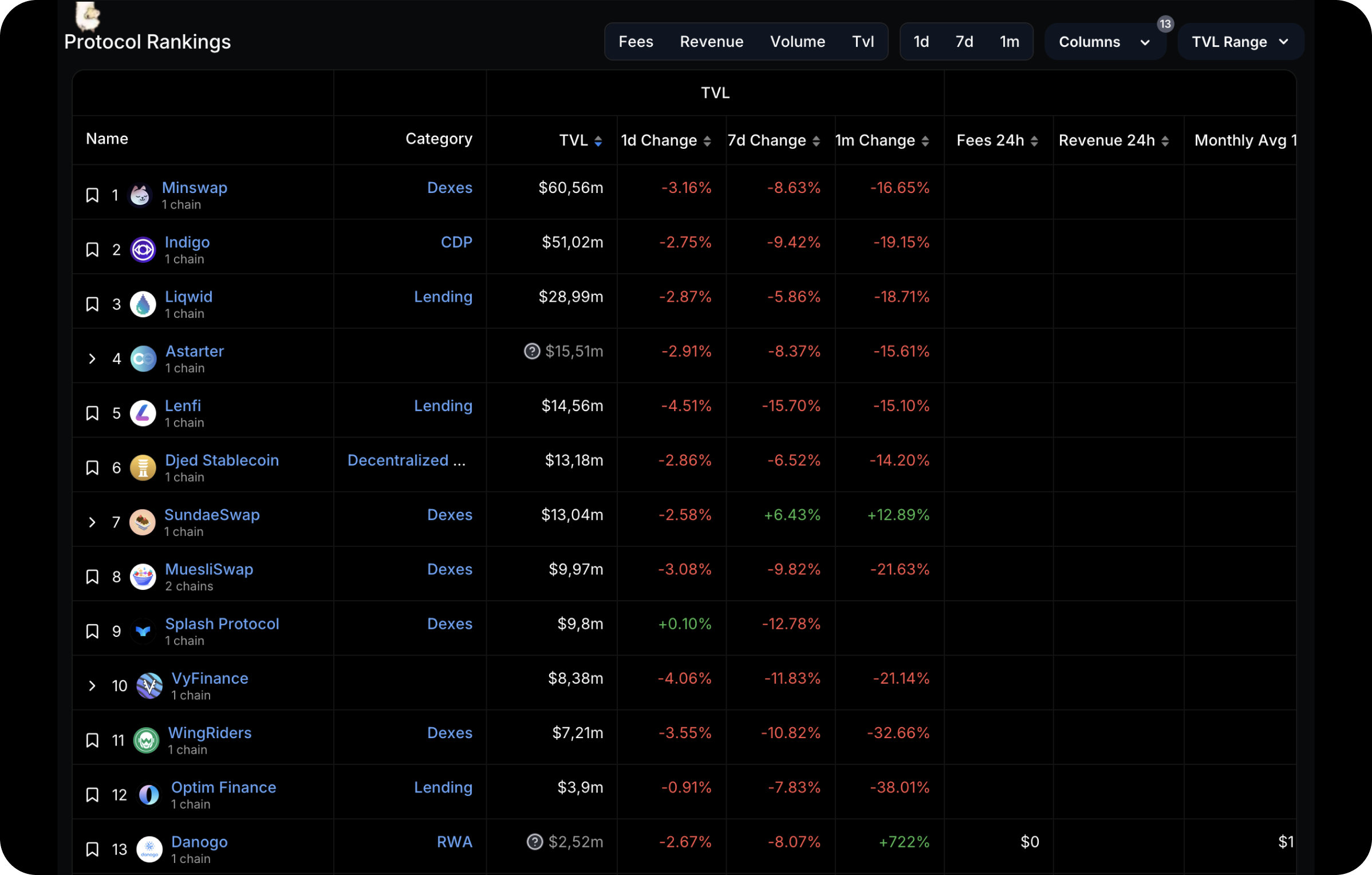
Search Trends
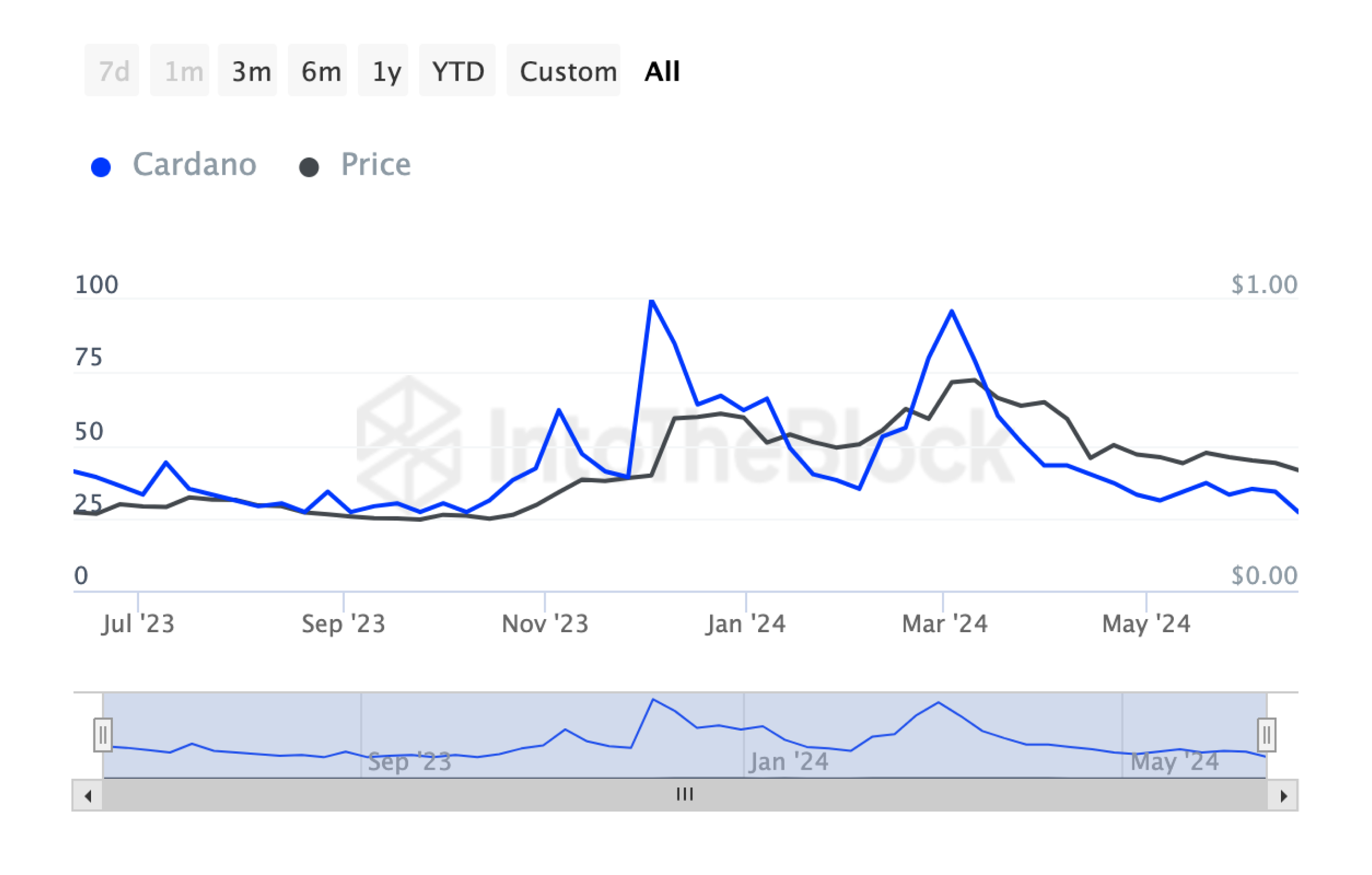
According to Google Trends, interest in specific assets can fluctuate over time. A decline in interest in an asset may sometimes indicate potential investment opportunities, especially when it coincides with stable or decreasing prices. This may suggest that the asset is undervalued or not overheated by demand, creating opportunities for investors interested in the long term.
It is important to remember that trends and interest in Google Trends are just one of many factors to consider when making investment decisions. Analyzing fundamental data, technical analysis, and the overall economic environment also play key roles in evaluating an asset’s prospects.
Thus, a decline in interest on Google Trends might present an interesting opportunity for investors but requires additional analysis and risk assessment to make well-founded investment decisions.
Users can get ADA or any other cryptocurrency for fiat or crypto on SimpleSwap.
Summary
Cardano is the first blockchain project to introduce a peer-reviewed scientific research approach, which led to the creation of the Ouroboros protocol, the world's first proof-of-stake (PoS) protocol proven and validated via scientific research.
The development of Cardano includes several phases. Each of these phases represents a significant step in Cardano's development, gradually transforming it into a powerful, decentralized, and interoperable platform for smart contracts and decentralized applications.
Cardano’s Ouroboros protocol is a fundamental technology underlying the Cardano blockchain platform. Its innovative approach to proof-of-stake consensus ensures high energy efficiency, scalability, and security. With these characteristics, Cardano has the potential to become the leading platform for decentralized applications and financial services in the future.
The structure of Cardano, with its Settlement Layer (CSL) and Computation Layer (CCL), provides a comprehensive approach to building a high-performance and secure blockchain platform. CSL focuses on transaction security and token management, while CCL provides the tools for smart contract development and execution, enabling new opportunities for decentralized applications and innovation.
The information in this article is not a piece of financial advice or any other advice of any kind. The reader should be aware of the risks involved in trading cryptocurrencies and make their own informed decisions. SimpleSwap is not responsible for any losses incurred due to such risks. For details, please see our Terms of Service.


